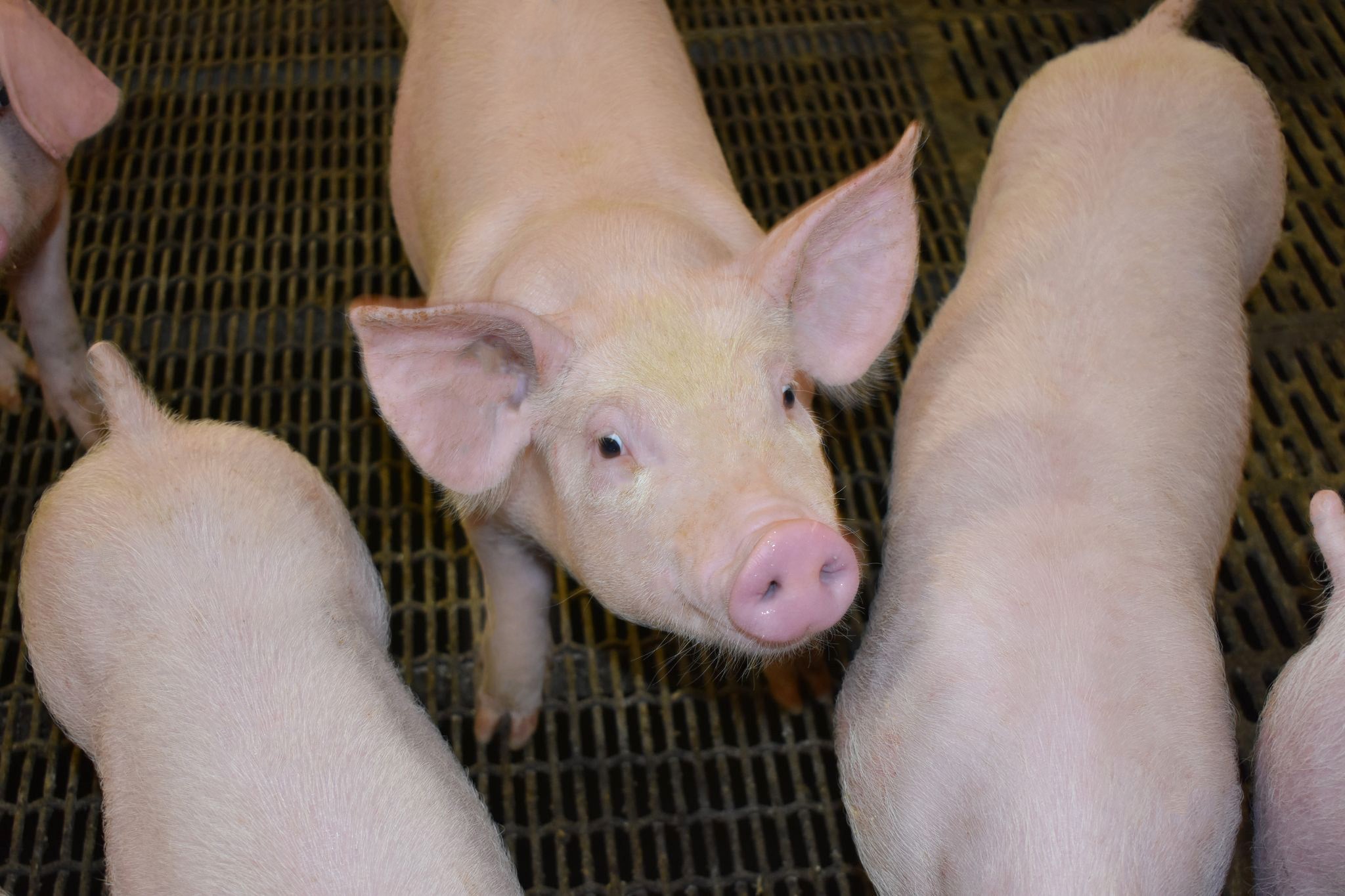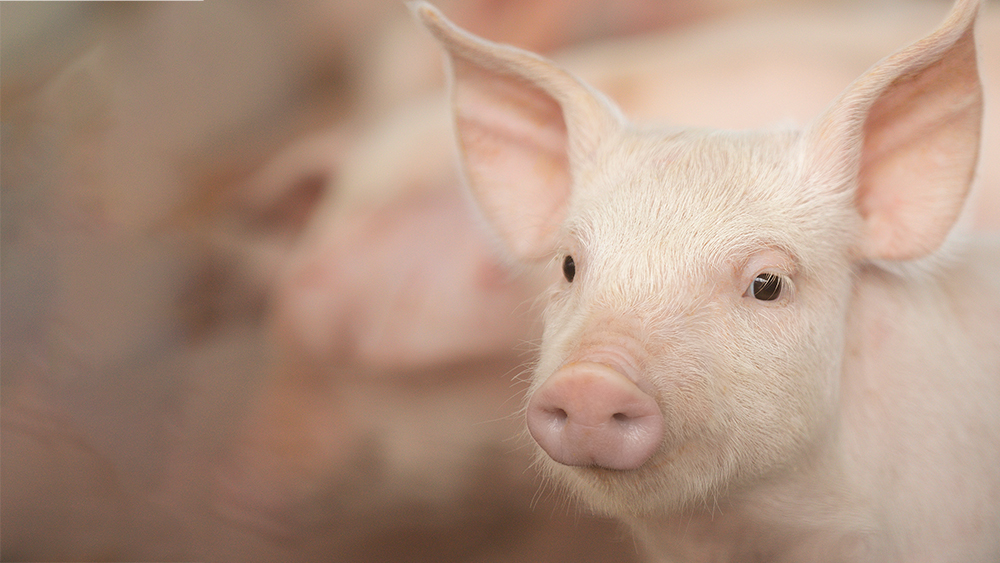HENDERSONVILLE, Tenn. – Jan. 16, 2024 – As concerns about antimicrobial resistance grow, large investor groups are putting increased pressure on major food service organizations to reduce antimicrobial use in their protein supply chains1. In response, food companies are making antibiotic stewardship pledges and looking to their protein suppliers to help achieve these commitments.
“Consumers are interested in learning where their food comes from and how it is produced. They expect high standards of animal care, antimicrobial stewardship and sustainable production practices,” said Banks Baker, Global Director of Product Sustainability at PIC. “The food system can deliver on these expectations, but we need innovative solutions and new technologies to do it.”
Gene editing is one example of a new technology that is being used in food and agriculture, and it’s making headlines because of its successful human healthcare applications. The technology shows tremendous potential to help treat and prevent human diseases, including HIV, sickle cell anemia and a variety of cancers, according to the World Health Organization2.
Gene editing can be used to provide similar disease-resistance benefits to improve animal health. If gene editing can help reduce the overall amount of disease in a swine herd, it can help reduce the need to use antibiotics in pork production.
Using Gene Editing to Protect Pigs from the PRRS Virus
For more than 30 years, pork producers around the world have battled the devastating Porcine Respiratory and Reproductive Syndrome (PRRS) virus, which negatively impacts pig health and welfare and creates pork supply and sustainability challenges. The PRRS virus also suppresses3 pigs’ immune systems making them more susceptible to secondary infections that may need to be treated by antibiotics.
“PRRS is a viral disease with immunosuppressive effects on swine that can worsen the clinical impacts of bacterial co-infections. As a result, veterinarians need to use additional antibiotics to care for the affected animals,” said Isadora Machado, a graduate research assistant at Iowa State University (ISU) College of Veterinary Medicine.
Machado recently led a research project at ISU to quantify how much a PRRS outbreak impacts antibiotic use on a pig farm. The study found that injectable and water antimicrobial use in groups of nursery pigs increased 379 percent during the 15-week epidemic phase after the farm became PRRS-positive. The use of injectable antibiotics also increased 274 percent in older pigs, closer to market weight4. While both groups showed a significant increase in antibiotic use following a PRRS outbreak, there is a greater impact on nursery and grower pigs because their immune systems are less developed than finisher pigs.
PIC developed a solution to protect pigs from the PRRS virus. Using gene editing technology, PIC deleted a very small portion of the pigs’ DNA that encodes a protein that the virus uses to enter and infect the pigs’ cells. With this small gene edit, the pig is resistant to PRRS, as the virus is unable to enter the cells and replicate. Like humans inherit traits from their parents, the pig’s offspring will inherit the PRRS-resistant trait.
“Adopting the PRRS-resistant pig can have secondary benefits, including improving the overall health of the herd and reducing the need to use antibiotics,” said Lucina Galina, DVM, Ph.D., technical project director at PIC. “This is one way PIC is supporting antimicrobial stewardship in animal protein production, and helping food system stakeholders meet animal welfare and antibiotic reduction goals.”
PIC is working to secure approval for the PRRS-resistant pig in the United States, Canada, China, Japan, Mexico and Brazil along with other pork-producing countries. Each country has a unique regulatory system and biotechnology policies that will affect the approval process and timeline. PIC anticipates a series of regulatory decisions over the next few years, including a determination from the United States Food and Drug Administration. The government of Colombia recently issued a favorable regulatory determination for the PRRS-resistant pig.
For more information about PIC’s PRRS-resistant pig and the benefits it will provide to the food value chain, visit picprrsresistantpig.com.
###
ABOUT PIC
PIC (Pig Improvement Company) is the global leader in swine genetics. PIC provides genetically superior breeding stock to pig producers and supports them with technical services to help them realize genetic potential. PIC is a subsidiary of Genus, a UK-based company with a vision to pioneer animal genetic improvement to help nourish the world. For more information on PIC, visit PIC.com.
1 Uribe, Alice. Wall Street Journal. Investor Group Takes Aim at Antibiotics, Demanding Changes from Fast-Food Companies. July 11, 2023. https://www.wsj.com/articles/investor-group-takes-aim-at-antibiotics-demanding-changes-from-fast-food-companies-9a9ed0bf
2 WHO issues new recommendations on human genome editing for the advancement of public health. July 12, 2021. WHO.int. https://www.who.int/news/item/12-07-2021-who-issues-new-recommendations-on-human-genome-editing-for-the-advancement-of-public-health
3 Dee S, Guzman JE, Hanson D, Garbes N, Morrison R, et al. (2018) A randomized controlled trial to evaluate performance of pigs raised in antibiotic-free or conventional production systems following challenge with porcine reproductive and respiratory syndrome virus. PLOS ONE 13(12): e0208430. https://doi.org/10.1371/journal.pone.0208430
4 Machado, I., Petznick, T., Poeta Silva, A. P., Wang, C., Karriker, L., Linhares, D. C., & Silva, G. S. (December 2023). Assessment of changes in antibiotic use in grow-finish pigs after the introduction of PRRSV in a naïve farrow-to-finish system. Iowa State University Digital Repository. Retrieved January 10, 2024, from https://dr.lib.iastate.edu/handle/20.500.12876/105655.






